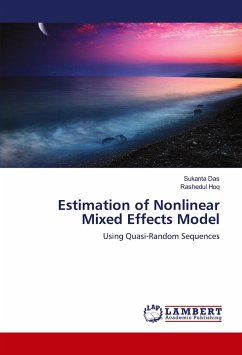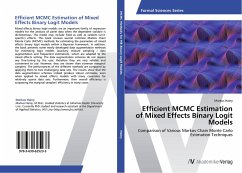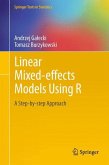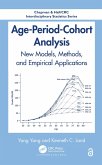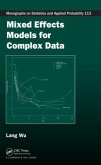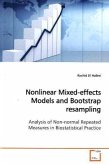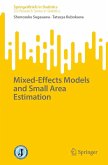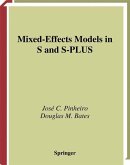Nonlinear mixed effects models involve both fixed effects and random effects in which some of the fixed and random effects parameters enter nonlinearly to the model function. These models are become very popular for analyzing clustered data or unbalanced repeated measures data that occur in various fields of scientific investigation, such as pharmacokinetics, agriculture, biochemistry, environment, economics, etc. Because of the extensive use of nonlinear mixed effects models, there are several different methods for estimating the parameters of these models. Most of the proposed methods are based on the approximation technique because of the intractable multidimensional integrations arise in the likelihood function of the nonlinear mixed effects models. In this study, instead of approximation based methods we use quasi-Monte Carlo integration method using different types of quasi-random sequences, which directly solves the intractable multidimensional integrations.
Bitte wählen Sie Ihr Anliegen aus.
Rechnungen
Retourenschein anfordern
Bestellstatus
Storno

